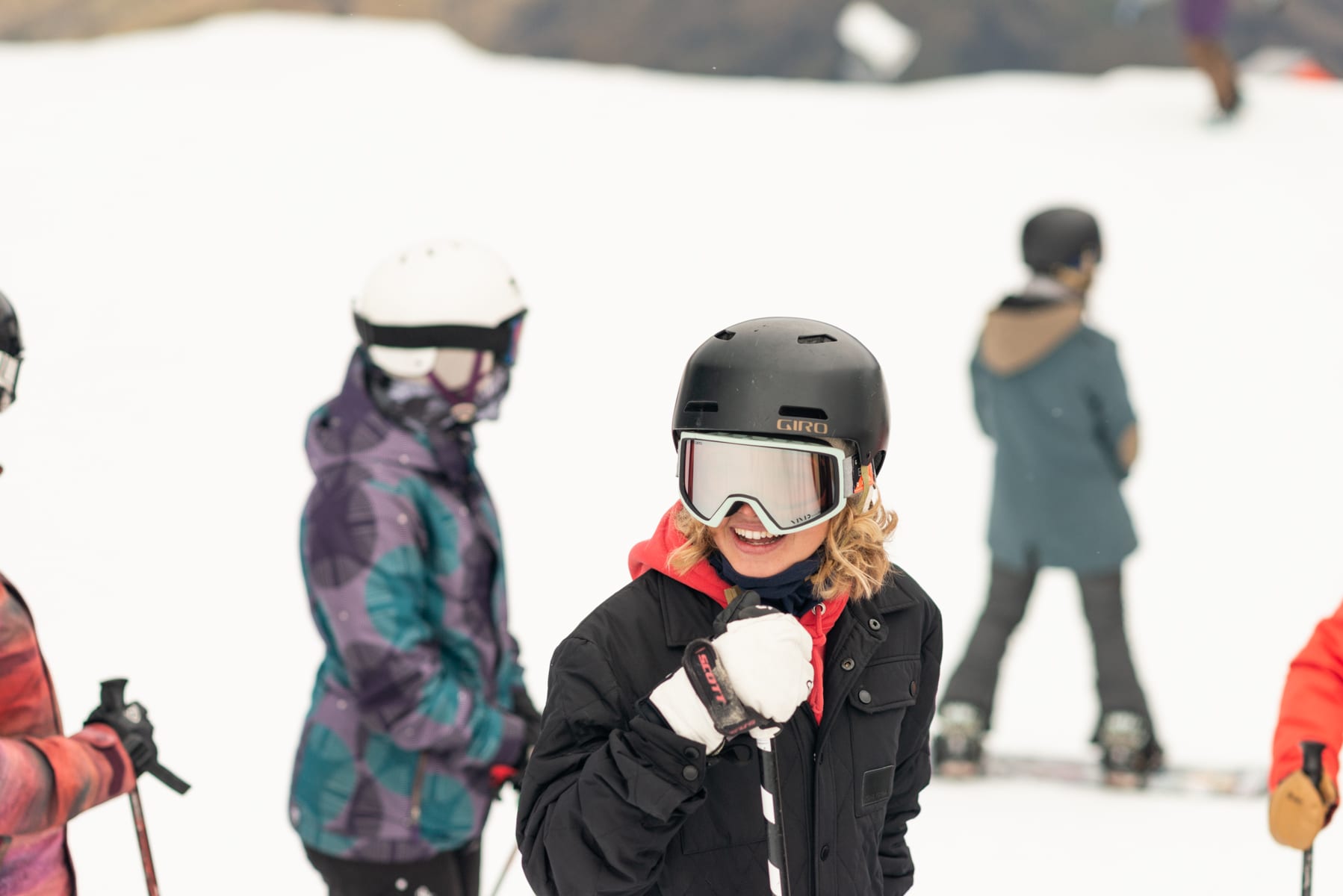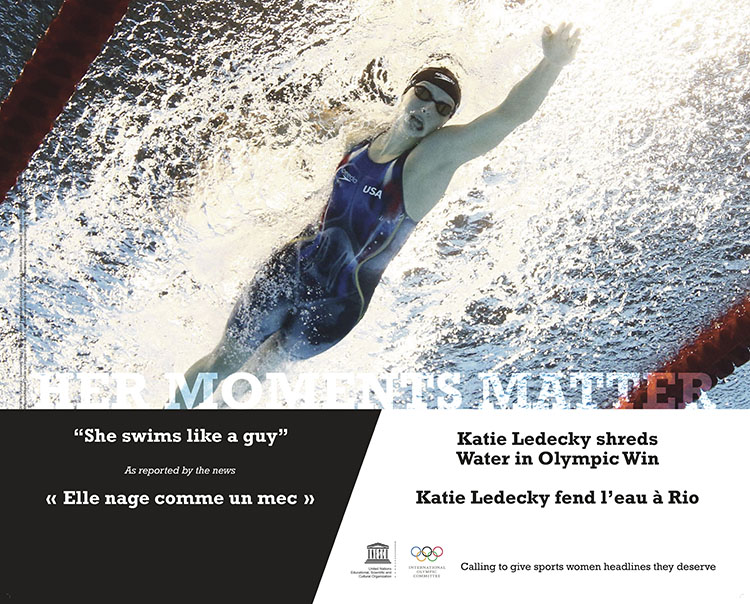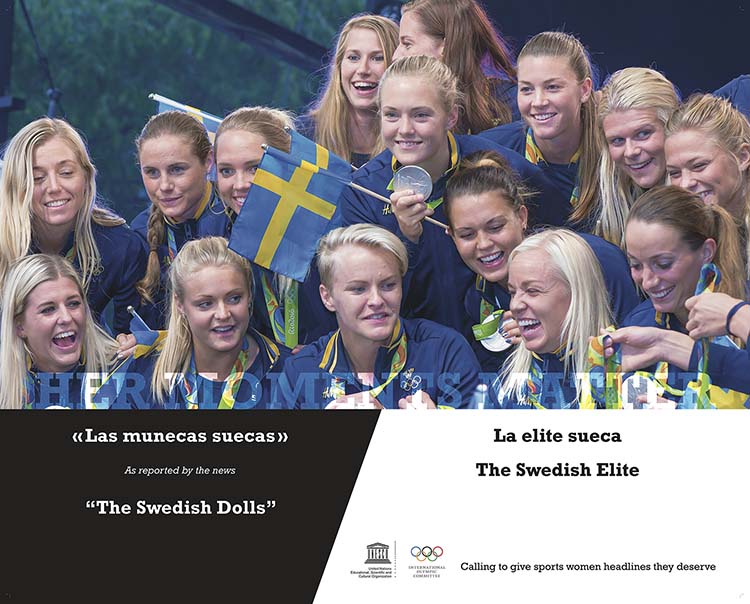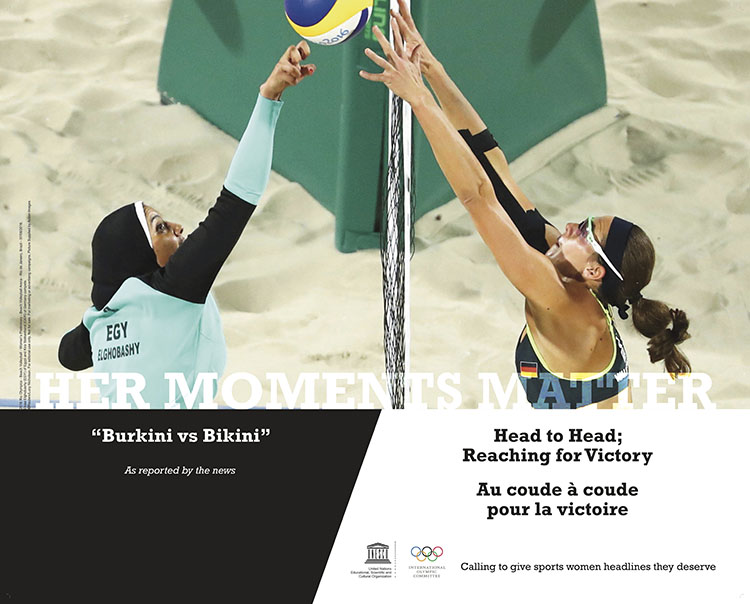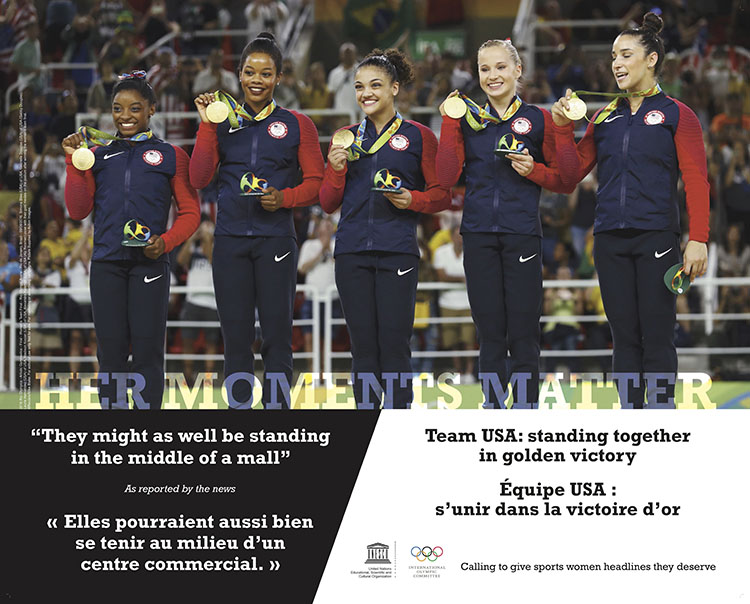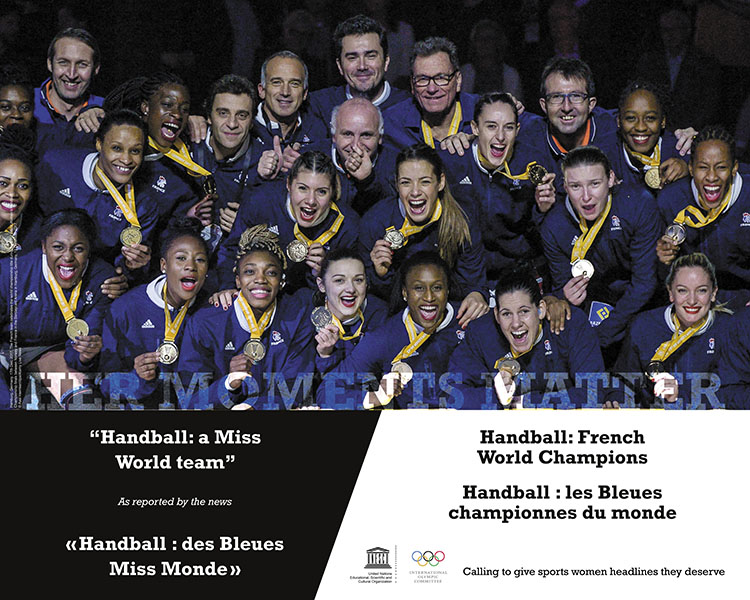It’s a brave brand that takes on the haters before they even know what to hate. Now more than ever in today’s world of cancel culture, naming and shaming, and forced apologies lacking in authenticity.
The sister ski resorts of New Zealand’s South Island, Cardrona Alpine Resort and Treble Cone, have stirred the snow industry in recent weeks with a campaign highlighting their historic lack of female representation. They called out the inequity; it’s now their mission to change it.
The resorts did a self-audit to discover that only 29 per cent of their skiing and snowboarding content featured women in any way. Just 15 per cent of that small proportion featured women actively skiing or snowboarding, and they were usually in clips featuring mostly men.
All this despite their consumer market being more than 45 per cent women.
If you’ve worked in the snow industry in the past 15-plus years this wouldn’t surprise you. Only a decade ago, as a producer setting up film segments, I was told when I secured a female athlete that I must pair her up with a male athlete to balance the segment. Never mind that all the male athletes were skiing with other male athletes in all the other segments. I don’t think the executive producer even realised his gender bias. It wasn’t his conscious decision to lessen the female athlete, it was systemic sexism that had never been challenged.
No wonder so many female ski and snowboard pros have taken it upon themselves to create female-focused film content. The Shades of Winter series featuring female freeskiers pushing the limits first launched in 2013 and has six films so far. Lynsey Dyer’s Pretty Faces: Story of a SkierGirl in 2014, Jess Kimura’s first The Uninvited film in 2018, Jackie Paaso and Eva Walkner’s Evolution of Dreams in 2019 are just some of the films shaping the way women on snow are seen.
Now the team at Cardrona and Treble Cone have thrown their own snow hat into the film ring, releasing a 15-minute documentary titled All In (featured further below). It exposes their own shortcomings and interviews all-female athletes, coaches and sports psychologists in the New Zealand ski industry with some serious candour.
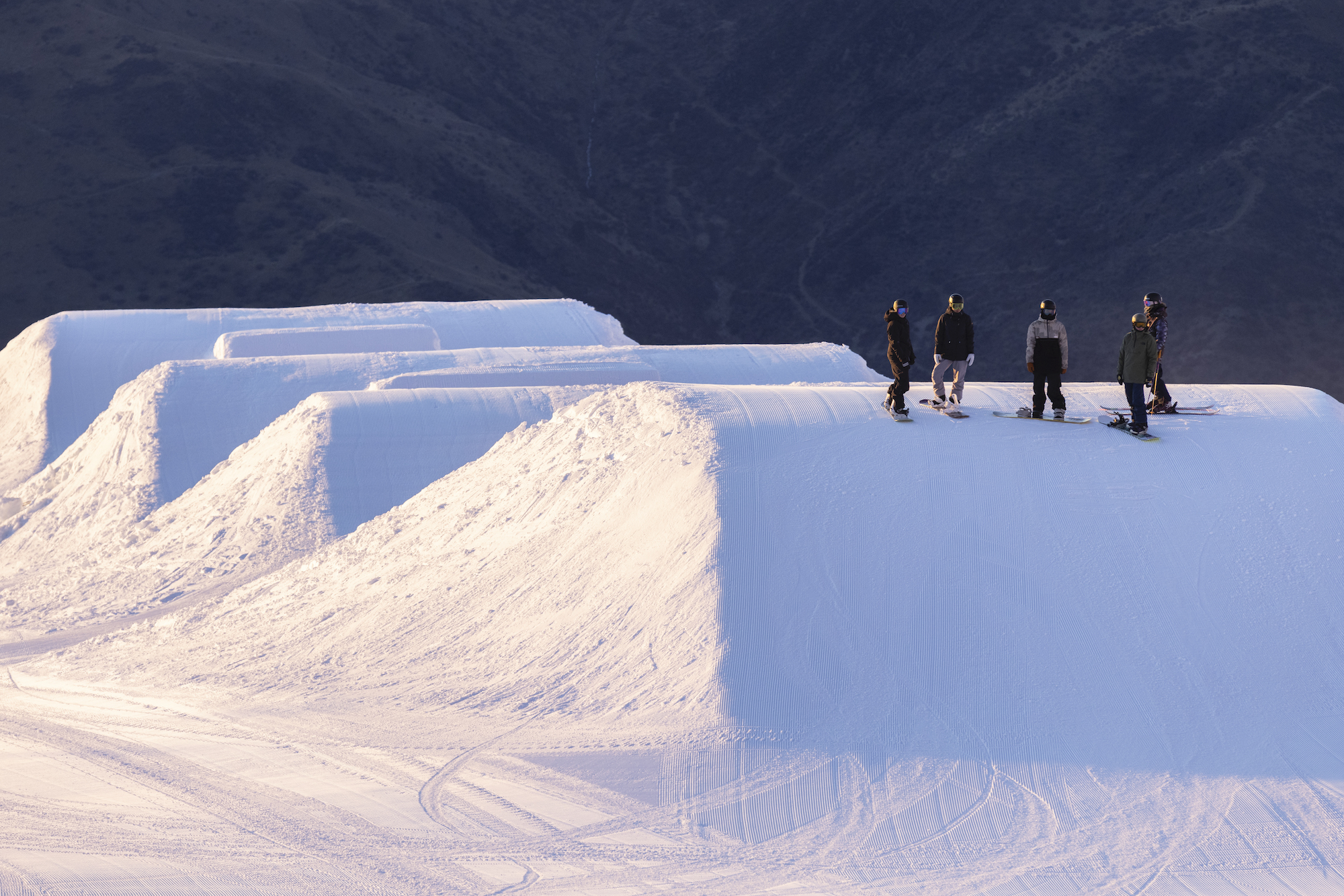
The idea for the film was hatched when the resorts’ resident videographer and content producer, Danny Warley, was chatting to some female friends about how inclusive freestyle skiing is. Or, how he thought it is.
“What surprised me was how different my female friends’ experiences had been to mine and how oblivious I had been to that difference,” says Warley. “It was my watershed moment.”
After some serious brainstorming between Warley and Jen Houltham, PR and Partnerships Manager for Real NZ, the parent company of Cardrona and Treble Cone, a plan formed.
The crew held a series of women-only workshops led by Houltham along with their creative lead and film producer, Genevieve Montreuil: one workshop with younger skiers and snowboarders, one with older, ex-professional athletes and one with women who work in the industry. Each workshop explored what women thought needed to be done to move forward in the right direction.
“I always considered myself a feminist and there to support but after the workshop conversations I started to realise I was part of the problem,” says Warley, after reading the workshop transcripts.
“When I made content for the resorts’ social I grabbed friends or people I knew I could shoot quickly, and they were mostly men. I also really had a male skewed idea of what ‘good’ skiing and snowboarding looked like and I never considered it doesn’t have to just look the way a guy did it.
“I never took the time to let women put their stamp on because I was judging what was good and what wasn’t. If a girl didn’t look the way a guy did doing the same tricks I would judge them, but that’s not my judgement to make as that’s cool for a lot of people who aren’t me. It’s very interesting what camera people think is not cool.”
This gender bias female athletes experience is explored in the All In film, which exposes that same prejudices in New Zealand media’s representation of women in sport.
“Figures that were released very recently around media in sport, celebrated the increase [of female representation] from 15 per cent to 17 per cent! That is the reality of how females are showcased in sports media in New Zealand,” says sports coach Annabel Anderson in the short film documentary.
But wait, there’s more. In 2018 New Zealand Olympic committee research revealed that “female athletes were 20 per cent more likely to be spoken for by their coach, nine times more likely to be pictured with a male spouse or partner, 67 per cent less likely to be the lead story, and 39 per cent more likely to be referred to as girls, especially by male journalists.
“I’ve gone out skiing with friends who have been shooting and they will shoot everybody but me, it reinforces that feeling you’re not good enough to be on camera, it’s one of the reasons there’s not enough funding for female in sports because no one is putting it in the media and getting the coverage. It’s a never ending cycle, not getting funding, because you’re not getting exposure [then] you’re not getting exposure because you’re not getting funding”
Jess Hotter, Freeride World Tour Champion skier 2021/2022. All In Film.
Australia is not dissimilar where men are more likely to both feature in front of and work behind sports cameras, news desks and publications. In 2017 research revealed that a mere 8 per cent of sponsorship dollars are given to women’s sport and that media broadcast coverage of women’s sport was also low, at 7 per cent.
In 2018, 12 per cent of sports stories in Australia’s top 15 most influential news sites were authored by female journos. It doesn’t top there either, the gender split for accredited journalists and photographers at the 2016 Rio Summer Olympics and the 2018 PyeongChang Olympic Winter Games was around 80 per cent male, 20 per cent female.
A quick scan of Australia’s lean snow sports print media offers similarly depressing insights. Of 31 contributors and photographers across two of the industry’s key magazines, a mere four are female.
Brand advertising isn’t much better. Across 65 pages of ad space there are 53 ads featuring skiers, snowboarders, snow shoers and climbers, but only 16 of those feature any women.
We can all follow Cardrona and Treble Cone’s lead and self-audit, SnowsBest and @misssnowitall included. (Let’s not mention that column when I used a naked male skier to draw traffic in the very early days of my former Fairfax Traveller blog. Pot. Kettle. Much.)
Media, brands and advertisers have a responsibility to report on women in sport appropriately. When about 46 per cent skiers and snowboarders are female, the least we can do is represent the ski culture as it is, or ensure we showcase as many women’s names, bylines, achievements as we can to correct the imbalance and do it with empowering language and imagery.
As recent as 2018, UNESCO’S #hermomentsmatter campaign highlighted how news media reported on women’s sport and offered alternatives. The results were brilliant as they not only showed how to do it better but also inspired the Her Headline Chrome extension which analysed sports content to notify readers when that content was derogatory.
And yet, the sexualisation of female athletes, continues. Plan International’s 2019 snapshot analysis of social media commentary of sports men and sports women is distressing.
The Plan International charity for girls’ equality analysed the major sports news broadcasters of Australia over a 12-month period and found female athletes receive three times (27 per cent) the negative comments as male (9 per cent). Of that, 23 per cent of the negative comments towards sports women were sexist and 20 per cent belittled women’s sports, athletic abilities and skills.
Meanwhile 14 per cent of the negative comments to women playing sport were sexualised and the majority of negative comments towards men focused on cheating or drugs. However, some men reported sexist abuse referencing traditional gender stereotypes that men must not display emotion.
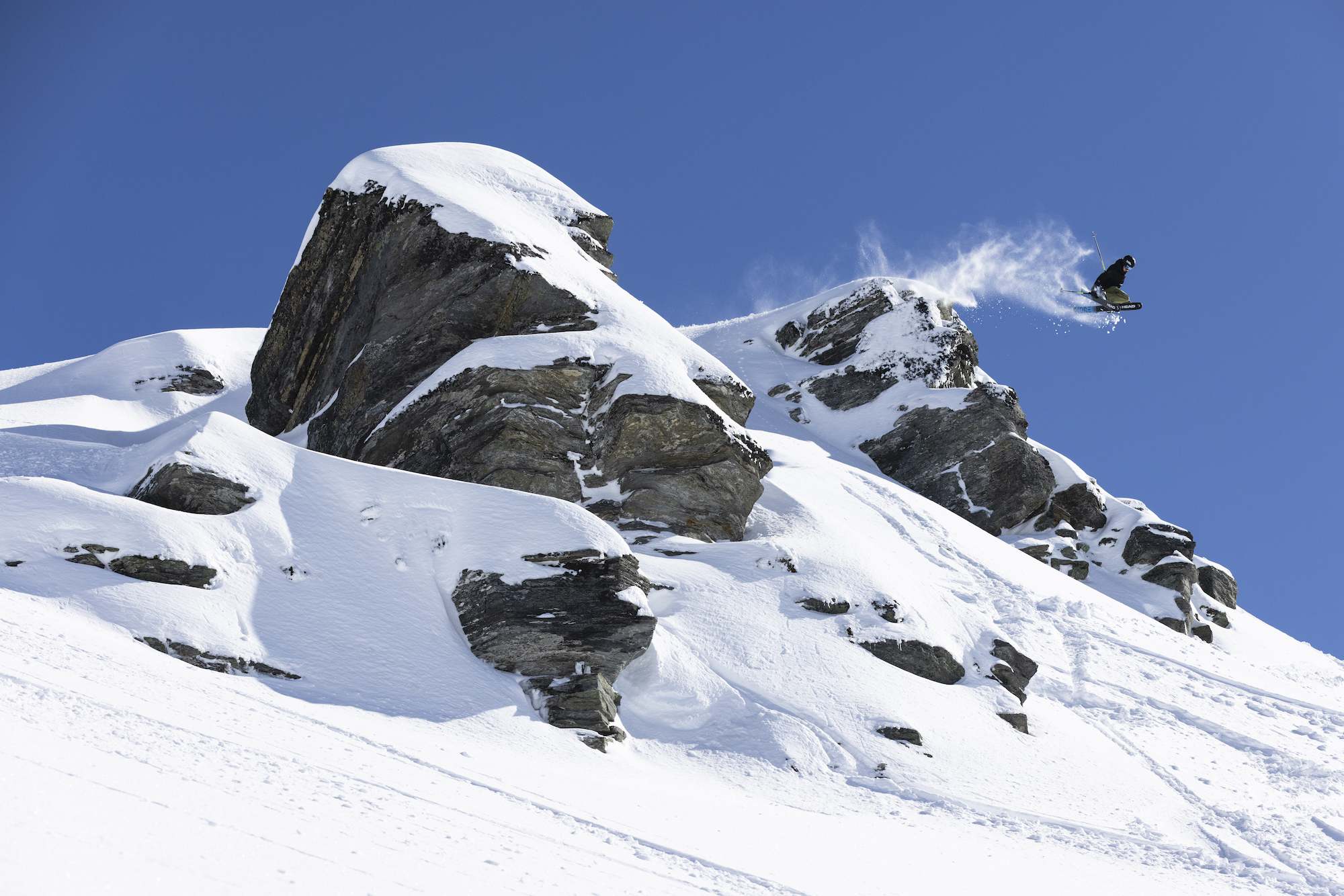
“I feel the pressure to use more of your body to make yourself more valuable for brands, to get more of a following, I don’t want to do that because I’m an athlete and I’m here to ski.”
Jess Hotter, Freeride World Tour champion skier. All In Film.
You can’t be what you can’t see and the more diversity we see in social media, on television, in print and digital media, in resort content, the more we can put ourselves in the picture. Not just women, either. We need to see adaptive skiers and boarders, middle-aged and senior skiers and snowboarders, people of colour, First Nations, people of varying skill levels and different body sizes.
In Australia, Thredbo’s lead backcountry guide is a woman, Alex Parsons. Perisher now has a female General Manager and Vice President, in former Hotham Mountain Manager Belinda Trembath and Rip Curl last year celebrated its first female CEO in Australian former professional surfer Brooke Farris. Ten of Australia’s 19 Winter Olympic medals have been won by female athletes – a healthy representation across genders.
“It is a bit blokey in the [Australian] snow and anyone who spends time here can tell you that, but it does feel like that’s changing,” says says Rhylla Morgan, Communications and PR spokesperson for Mt Buller, and senior on-staff writer and sub editor for Adventure Entertainment’s Chillfactor magazine.
“We do need to see people doing things to believe we can do them ourselves and the more examples we can show the better; we have women making snow at Mt Buller, women grooming snow, women in our ski patrol and women in all areas like marketing and ski school.”
The advent of social media has meant anyone can now create their own media presence, regardless of what traditional media is doing, and Australia and New Zealand’s female skiers and snowboarders are embracing it with gusto. Social media groups such as Wanaka’s Fanny Pack and our own #showusdagirls group have given skiers and boarders like minded communities and safe spaces to share their stoke online, whether adaptive, plus sized, female, backcountry-oriented and so on. Instagram in particular has given a platform to visualise and illustrate that stoke publicly.
“We don’t have to wait for others to show us skiing, if you have a phone in your hand, you can share and show and not wait for permission,” says Morgan.
“We’re in this incredible time of empowerment where there is nothing to stop us using our social media to showcase ourselves on snow. Sometimes the stories we tell ourselves are so hard-wired that we think we’re not good enough or gnarly enough or cool enough, and we don’t think to shout what we’re doing and what we love from the roof tops. But if you feel you’re not represented then why not put out your own story? Find your social media people and if you can’t find your people hold up a flag and tell people who you are.”
“I want to see more girls skiing gnarly lines, it’s always girls having a cup of coffee, I want to see that women can ski gnarly stuff that we do have in Australia.
We need more females represented in the media, there’s not the numbers of females getting out there [backcountry] as males, so it’s still a new push.”
Kate Alice, Jindabyne, founder of @backcountrywomenau Instagram account.
Jindabyne’s Bridie Rawson did just that and founded Tough Tits Co, a women’s snow community because “there’s a lack of awareness of girls hitting park and backcountry and the knowledge they can do it, because there was no real media representation”.
“Some women mention they hadn’t been aware of the lack of representation because they were just used to the social norm that it’s all men. With our social media and events they get to see (and be) other girls hitting park,” she says.
When brands listen to the real power of these women’s social media and on-mountain communities, then consumer change and athlete progression happens. North American resorts and brands in particular know this; Blizzard Skis’ Women to Women program is educational, engaging and inspiring female snow communities; Coalition Snow began by building skis and snowboards for women that “didn’t suck” and have grown to a full empowerment platform for change.
“The real progression of women’s skiing has happened in the last decade, snowboarders and skiers are doing tricks never done before and really upping the ante and I believe it’s because prize money is equal at FIS events and X Games,” says The North Face athlete Janina Kuzma, who also features in All In.
“The Freeride World Tour made it equal prize money in 2020, which is late to the game but awesome to see. Sponsorship dollars are still unequal but we’ll get there.”
Australian founder of the Backcountry Women of Australia Facebook Community, Leonie Wohl, also believes in the power of social media to make that brand difference because she has experienced it herself.
“I’ve found that the community has highlighted the volume of women that are engaged and interested in the backcountry and being able to communicate that to organisations and brands has demonstrated the demand for women’s products whether it be gear or education or the market for womens events,” says Wohl.
Taking Cardrona and Treble Cone’s challenge
After their self-audit of 2020, Cardrona and Treble Cone worked to ensure their content in 2021 contained more than 50 per cent women. This year (2022) the resort made the decision to feature only women in their two biggest pre-season campaigns.
Naysayers will be pleased to know the resort is not tipping the gender representation 100 per cent in favour of women, going forward. Now the brands have made their point, things will change again to more equitable gender representation.
“I think what Cardrona is doing is fantastic, it’s very much aligned with the path we are on here on Buller; I’m excited to see us rise up and accept Cardrona’s challenge gladly.”
Rhylla Morgan, Mt Buller.
“Our audience are already holding us accountable which is amazing!” says Jen Houltham.
“We’re working through feedback to look at how we structure our content to achieve the goal of equitable gender equality and make sure we really are #AllIn.”
The two Kiwi resorts then went one better and challenged other global resorts to do their own audits and rise to the challenge of changing the representation of gender across resort marketing campaigns and social feeds.
Panorama in Canada immediately took up the challenge and committed to equitable representation for the future.
“It’s still a journey,” says Warley, of women athletes being seen and heard in resort and sports media.
“There’s such a broad spectrum of people’s experiences and opinions on everything including misogyny, some people have bad experiences and some want to talk about it and some do not, and then there are those who haven’t had them and who don’t think there’s any work to be done.
“A woman’s experience is not the same as mine and I don’t want to speak instead of them, I am interested in learning and have had a front-row seat working on the All In film and it’s been both fascinating and humbling.”
Watch the All In film here
A film by Danny Warley, produced by Genevieve Montreuil in house for Cardrona and Treble Cone.
“In the end we won’t talk about girl skiers and boy skiers, men and women, everyone will just be a skier.”
Anna Smoothy, freeride skier. All In Film.
***
